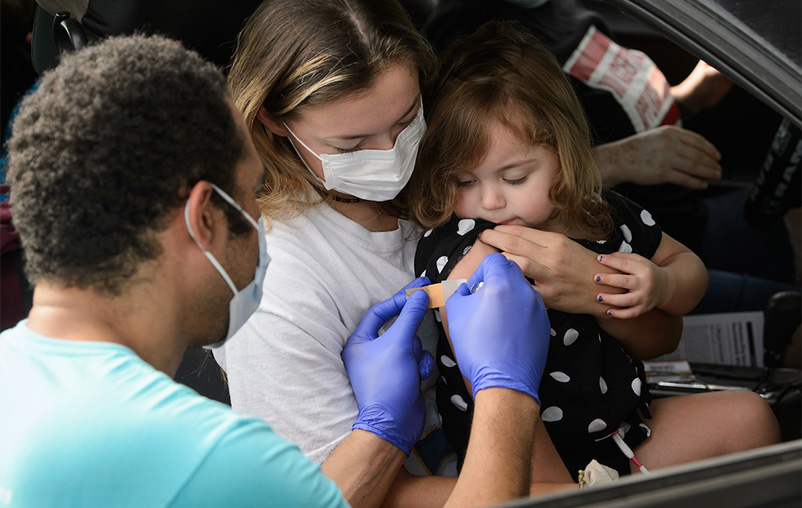Dr. Jason Bowling explains what the new COVID-19 Omicron subvariant is and why you should get your booster shot if you haven't yet.
What is this new variant and where are we seeing it?
The new COVID-19 variant XBB.1.5 is also an Omicron subvariant. It is quickly taking over other subvariants and has become the dominant subvariant in the New York area (about 72% as of 1/10/23).
We haven’t seen as much in Texas yet (about 17% as of 1/10/23) but we tend to follow New York. We expect it to come up pretty quickly.
Will this be another surge?
People should prepare themselves. This new strain is more transmissible than the previous, already more-transmissible Omicron subvariants.
The good news is hospitalizations didn’t go up as much with the last surge compared to surges of earlier variants of COVID, and infection from this doesn’t appear to be as severe, either. People can still get pretty sick, though.
The bad news is that it is so transmissible and monoclonal antibodies don’t appear to be effective as a treatment. Paxlovid is still effective, and in the hospital we treat patients with Remdesivir, which is also still effective.
The most important thing that people can do to protect themselves is to get the updated bivalent booster. If you’ve already gotten that shot, there’s no recommendation on boosting beyond that. It’s much more important for the more than 80% of the population under 65 and the more than 60% of the older population who haven’t gotten the bivalent booster to do so.
What is my risk?
If you haven’t had a COVID infection in the past six months, and you haven’t had the bivalent booster, you’re going to be pretty susceptible. XBB.1.5 appears to be the most transmissible variant that we’ve seen to date.
Along with the booster you can add layers of protection, primarily reducing your exposure through social distancing, masking in crowds and avoiding crowds when possible.
Cedar fever is high right now – how can people tell the difference?
That can be tricky. Both can have runny nose and cough as symptoms. Things to look for that are more common with this variant of COVID include fever, body aches and fatigue.
COVID vaccines and bivalent boosters are available at all University Health pharmacies, with no appointments and no lines. Find out more at wecandoitsa.com.




